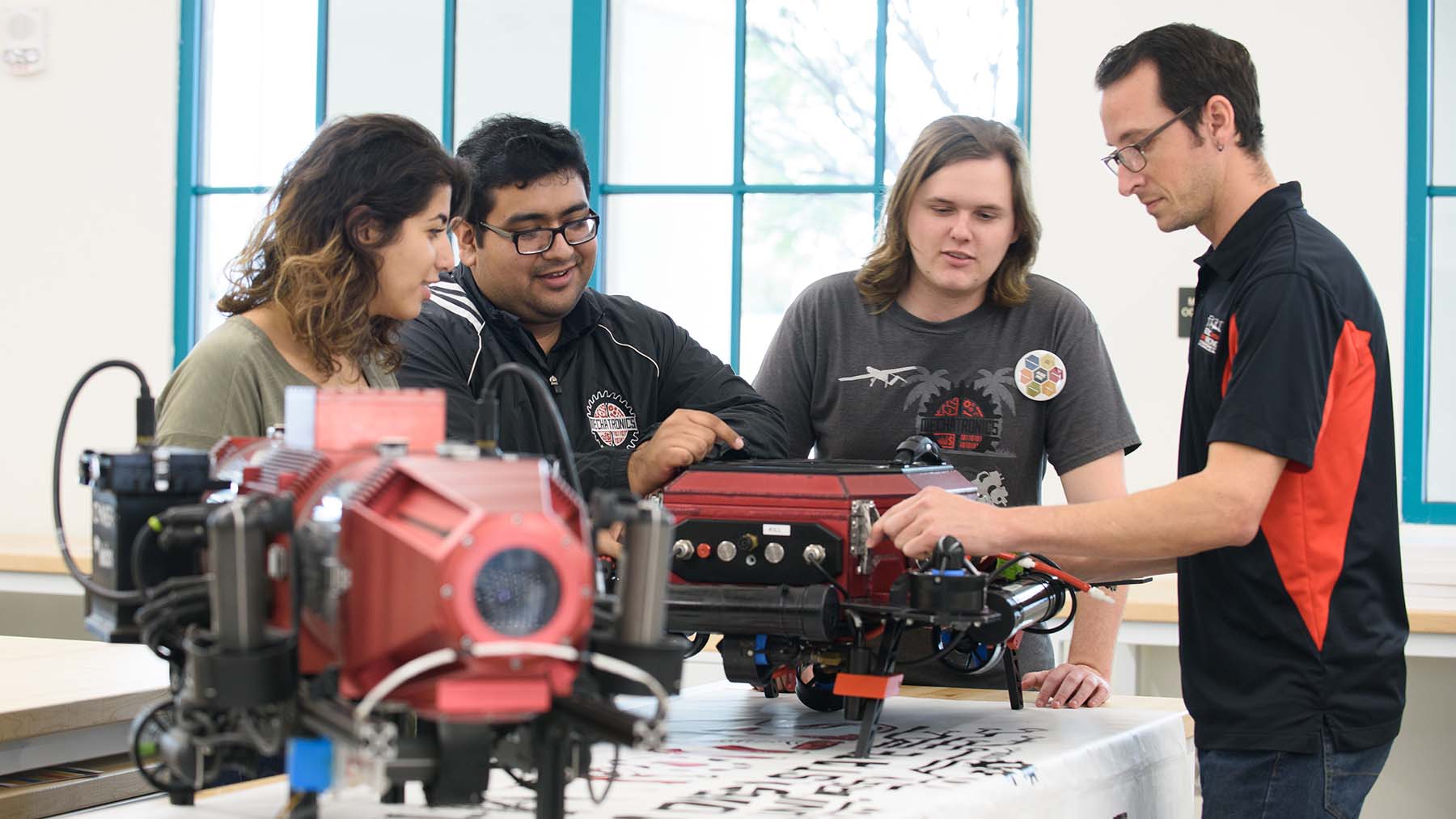Mia Chen Accepted to MIT
With an emphasis on designing, simulating, and improving the world we live in, mechanical engineering enables thoughts and ideas to become tangible creations. Since middle school, Mia Chen had always been drawn to the field of engineering by its versatility and impact. Though Mia was undecided on what sub-discipline to focus on, she longed to one day be an engineer; she'd always been inspired by the idea of using creativity and critical thinking to develop innovative solutions to problems. In high school, Mia joined the school FIRST Robotics Competition team, and discovered her passion for Mechanical Engineering. Through robotics, she learned CAD to design and model our robots, and became familiar with metalworking and 3D printing to fabricate designs. Eventually, Mia worked up to becoming the Vice President and lead engineer of the team, responsible for overseeing the entire build process of our robots. However, she wanted to venture outside of high school robotics and delve deeper into mechanical engineering. This summer, Mia had the opportunity to spend six weeks in the Experimental Mechanics Laboratory at SDSU through the Young Engineers Experience under the mentorship of Professor George Youssef and Dr. Nha Uyen Huynh. Walking into the lab, she encountered an array of hissing, clicking, and beeping machines that were all completely foreign to me, and she was incredibly apprehensive at the thought of me breaking thousands of dollars worth of equipment. However, what she didn’t know was that she would be faced with three surprises that would completely change her perspective on scientific research. Her pre-perceptions about high school lab research experiences were not the brightest. From what she had heard, she was fully prepared to spend six weeks doing literature review and cleaning, and would have been more than happy doing that and just getting the opportunity to experience the lab. However, the first surprise hit when she was asked which 3D printing method she wanted to work on. Mia was completely caught off guard. Not only would she be working on an actual project instead of running errands, but Mia, a high school student, was being given a choice at a university lab. She eagerly confessed her interest in learning about vat photopolymerization, which she had never done before. One day, as Mia was working on her project in the lab, a discussion Professor Youssef was having with the undergraduate student researchers piqued her curiosity. She paused her work to listen in, and after a few moments was called out and caught eavesdropping. Startled, she prepared to get back to her work, but the other students waved me over and explained in detail what they were discussing, welcoming me to participate. As they discussed the high-velocity impact shock tube they were building, the conversation stumbled on one problem: how would the projectile be suspended in the completely sealed cylinder for easy release when fired? Mia had an idea for a solution, but wasn’t completely confident in it, so she whispered under her breath, “electromagnet?” The other students and Professor Youssef turned to me, not quite hearing me, and asked me to repeat what she said. When Mia repeated her idea, with more confidence this time, there was a collective chorus of “Oh!” and “That could work!” Without a moment of doubt or hesitation, her idea was validated and taken seriously by researchers with years more experience than me. To her surprise, the students working on the project even credited Mia for the idea in their final presentation! Her prenotions about academic research were that it is a cutthroat and competitive field, with scientists scrambling for ideas and hogging credit to themselves. However, from what she experienced at EML, Mia saw that this could not be further from the truth. She learned that the sharing of ideas, whether it’s from an experienced researcher or a mere high school student, is paramount to progress. Research is fundamentally built upon the work of those who came before us, but the input of new ideas is what drives innovation. Though her six-week summer program concluded with a final presentation, in which she summarized her experience and findings, the “next steps” section in her the presentation kept me yearning for more. She had gained incomparable experience in the lab, and knew there was more work to be done. A few weeks after the official conclusion of the program, Mia took the wild leap and decided to reach out to Professor Youssef about continuing research on 3D printed materials. She knew the lab was busy, and with the semester starting Professor Youssef would only get busier, so Mia didn’t have much hope but she was eager for any chance to continue researching additively manufactured materials and gain experience in mechanical engineering. Her final surprise came when she was welcomed back into the lab with open arms! Her experience at EML so far has opened more doors and shifted her perspective on research than she could ever imagine. Mia is humbled to be able to contribute even a small amount to the huge collaborative effort of academic research, and is eager to continue through the rest of this year and even after high school.

